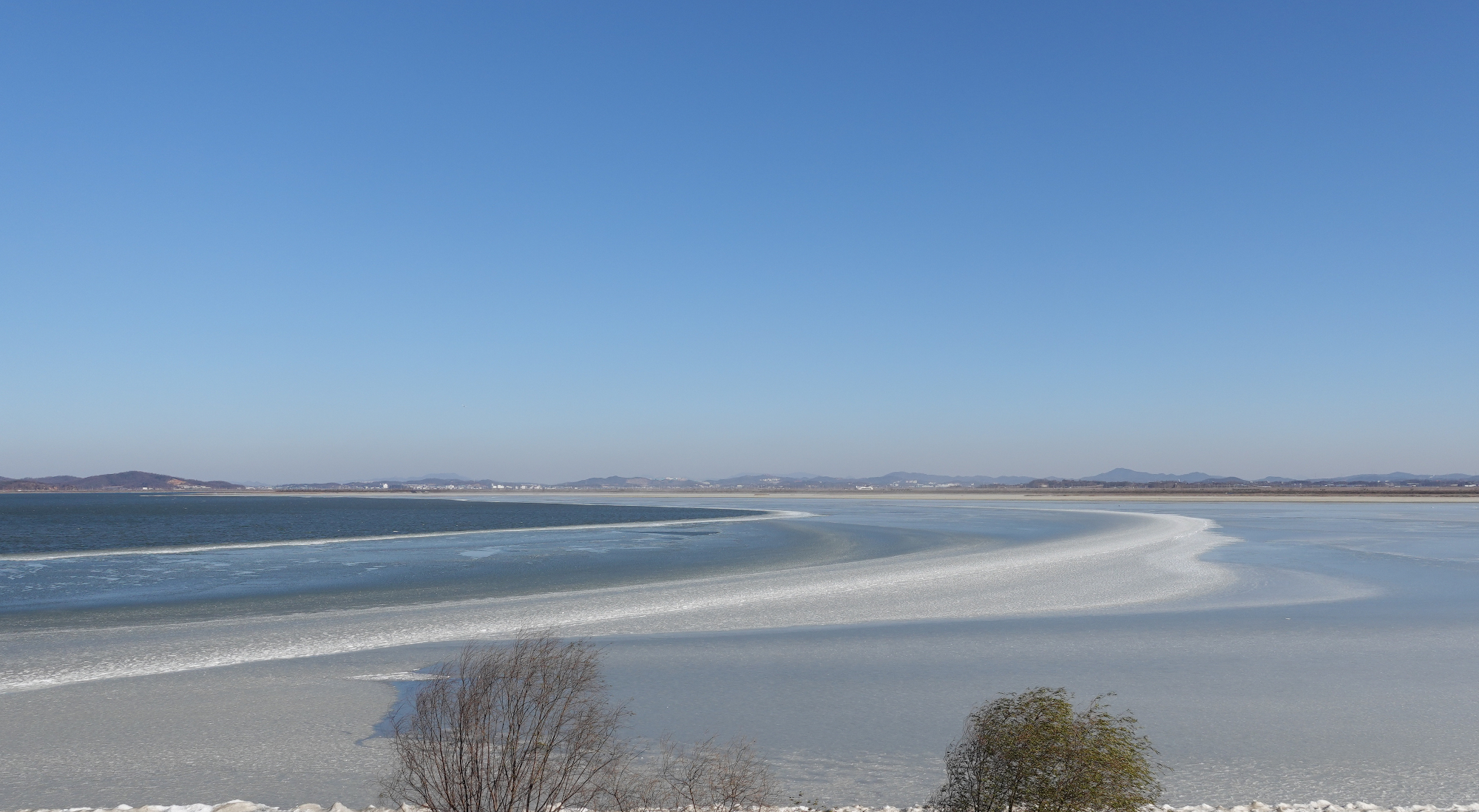Bird News from Nial Moores with Jung Hanchul (Gyeonggi KFEM).
The eleventh and last survey this year of the Hwaseong Wetlands Project, an initiative developed by the East Asian-Australasian Flyway Partnership and Hwaseong City, with survey-work conducted by Birds Korea and KFEM.
In sub-zero conditions still much to be seen, with 51,000 waterbirds counted, including two newly-recorded waterbird species for the Wetlands Project: two Common Gull and a single stunning male Long-tailed Duck, perhaps here for his fourth winter. These are the 107th and 108th waterbird species recorded here since the Wetlands Project began in June.


On 16th, in addition to thousands of Tundra Beans, Greater White-fronteds and rafts of duck (including 158 Ruddy Shelduck and 160 Smew, looking especially resplendent in the hard bright light) we found between five and seven Lesser White-fronted Geese, 16 White-tailed Eagle (sadly no sign of the Steller’s from earlier in the month, though), 1-2 Upland Buzzard, 138 Saunders’s Gull, up to eight Oriental Stork, and less spectacular but still noteworthy this far north in mid-December, two Dusky Warbler.




On 17th, in addition to more search of tidal flat areas, we spent rather longer on a boardwalk in a wet reed-bed, enjoying flight views of a Eurasian Bittern and good long looks at parties of Common Reed Buntings, Pallas’s Reed Buntings and Chinese Penduline Tits. In the same area we found another two Dusky Warbler. Based on the area of potential habitat, it seems likely that dozens are attempting to over-winter here.




Conservation is about values and the choices that all of us make.

